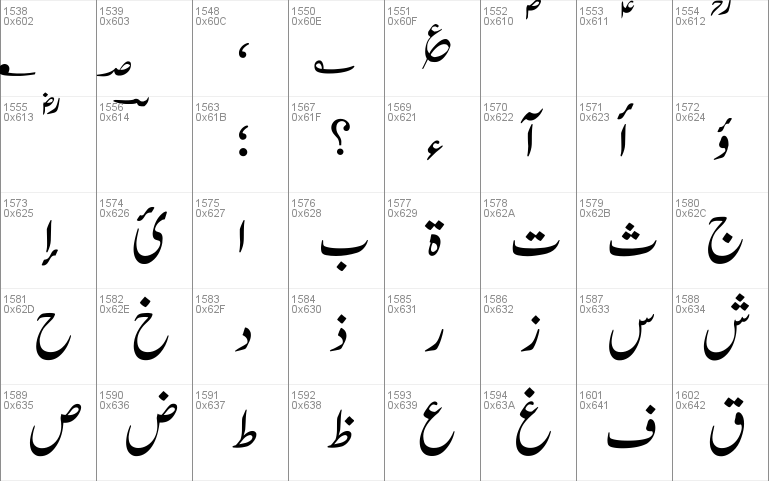

Nastaʿlīq is the core script of the post-Sassanid Persian writing tradition, and is equally important in the areas under its cultural influence. Nastaʿlīq was historically used for writing Ottoman Turkish, where it was known as tâlik (not to be confused with a totally different Persian style, also called taʿlīq to distinguish the two, Ottomans referred to the latter as taʿlīq-i qadim, "old taʿlīq"). Nastaʿlīq has extensively been (and still is) practised in Iran, Pakistan, India, Afghanistan and other countries for written poetry and as a form of art.Ī less elaborate version of Nastaʿlīq serves as the preferred style for writing in Kashmiri, Punjabi and Urdu, and it is often used alongside Naskh for Pashto. It is sometimes used to write Arabic-language text (where it is known as Taʿliq or Persian and is mainly used for titles and headings), but its use has always been more popular in the Persian, Turkic and Urdu sphere of influence.

It was developed in Iran in the 14th and 15th centuries. Nastaʿlīq (Persian: نستعلیق, from نسخ Naskh and تعلیق Taʿlīq) is one of the main calligraphic hands used in writing the Persian script, and traditionally the predominant style in Persian calligraphy.


 0 kommentar(er)
0 kommentar(er)
